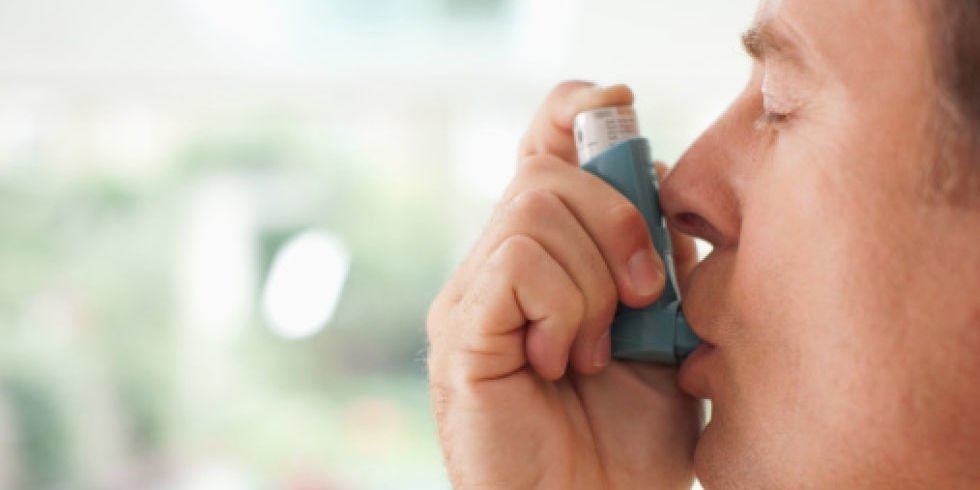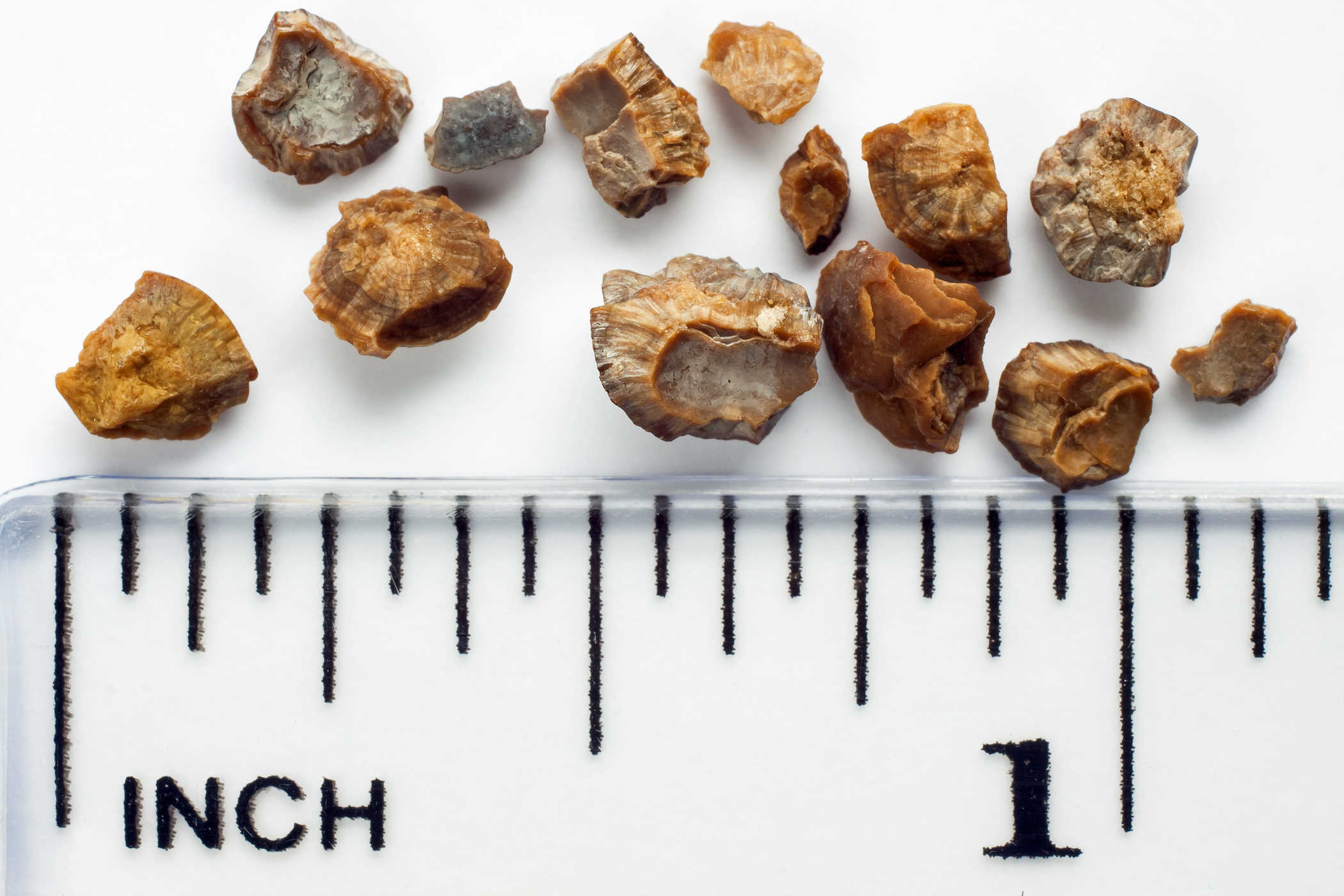Contents:
- Medical Video: Respiratory Therapy : How to Handle an Asthma Attack Without an Inhaler
- Prevent triggers and allergic substances
- Air filter system
- Moisturizer
- Immunotherapy
- Use preventive treatment
- Check lung function
- Asthma prevention plan
- Green Zone: Good
- Yellow Zone: Asthma worsens
- Red Zone: Medical treatment!
Medical Video: Respiratory Therapy : How to Handle an Asthma Attack Without an Inhaler
Asthma is a complex disease that researchers believe is caused by a combination of genetic and environmental factors. Many genes have the potential to cause asthma. But there are also many environmental factors that can cause asthma in children. With so many variables, preventing asthma can be very challenging, if possible.
Asthma prevention focuses on preventing attacks. Here are some expert tips and suggestions for avoiding asthma attacks.
Prevent triggers and allergic substances
Breathing near something that triggers inflammation of the respiratory tract can often cause an asthma attack. Asthma attacks coupled with the entry of mucus can close the respiratory tract. The best way to prevent an asthma attack is to identify and prevent the trigger as much as possible.
Air filter system
Air filters can help you get rid of various triggers for asthma attacks, including most mushrooms, pollen, mites, and other allergens. The best system will use a high-efficiency particulate air (HEPA) filter. According to AAFA, filters can clean the air from pollutants up to 99.9%. Air filters are recommended for controlling asthma-triggering substances. But asthmatics cannot depend on air filters alone to control their symptoms.
Moisturizer
This tool can increase the humidity level in the air with moisture. If clean and well cared for, moisturizer can help reduce and relieve symptoms of asthma for sufferers.
Immunotherapy
Immunotherapy in allergic problems, functions to increase or suppress the immune system. The aim of immunotherapy is to reduce sensitivity to allergens over time. For the first few months, injection will be given usually once a week. Sometimes, it can only be given once a month. This can last for several years until the immune system becomes sensitive.
If you cannot avoid the triggers of asthma, consult your doctor about whether immunotherapy can be one of your choices.
Use preventive treatment
Using asthma treatment is a two-step approach. First, you might use a treatment that you normally do to prevent attacks. But, in addition, acting immediately when the first symptoms appear is the key to preventing the attack.
Some can use an inhaler, some use oral methods, and some from injection. Here are general treatments taken by asthmatics.
Suction corticosteroids
Is a natural hormone and prevents inflammation. Steroids are the most effective treatment for asthma, but their long-term effects make them not recommended for daily use.
Leukotriene modifiers
This treatment works by fighting leukotrienes. Leukotrienes are substances that are released by white blood cells in the lungs which cause air flow to be blocked.
Beta agonist
Beta agonists are used to prevent attacks of trigger substances in activities and sports. This treatment is bronchodilators, and works by calming the respiratory tract, making breathing more smooth.
Check lung function
It is important to monitor how well your asthma treatment works by checking lung function regularly. You can use peak flow meter to measure the amount of water flowing from your lungs. This personal examination can reveal the narrowing of the respiratory tract before symptoms appear.
You must determine what triggers your asthma, when to stop or add treatment, and when to contact the emergency department to use peak flow meter to balance basic measurements, then regularly check the size peak flow You.
Asthma prevention plan
Asthma experts, including those at the National Institutes of Health (NIH) and the Centers for Disease Control and Prevention (CDC), recommend developing an asthma prevention plan with your doctor. This plan will be an important archive for your daily treatment, how to deal with an asthma attack, and how to control your long-term asthma symptoms.
Most planning, including one recommended by the National Heart, Lung, and Blood Institute (part of the NIH), uses 3 asthma zones that are marked with a color code that refers to the type of symptoms.
Green Zone: Good
- There are no symptoms of asthma during the day to night
- Able to carry out daily activities freely
Yellow Zone: Asthma worsens
- Symptoms such as coughing, sneezing, or shortness of breath
- Waking up at night due to asthma symptoms
- Able to carry out daily activities but not all
- Symptoms remain the same or worsen in 24 hours
Red Zone: Medical treatment!
- Very short breath
- Fast treatment is not helpful
- Can not move as usual












